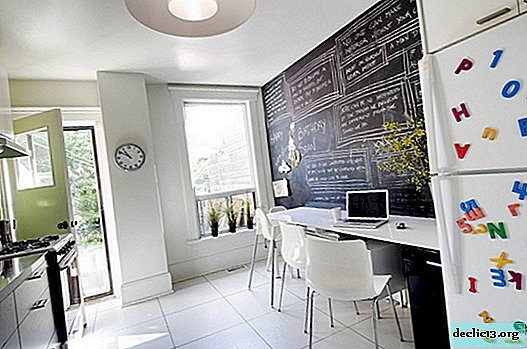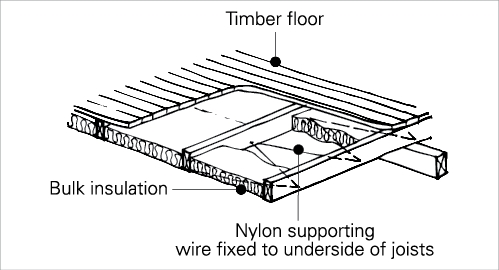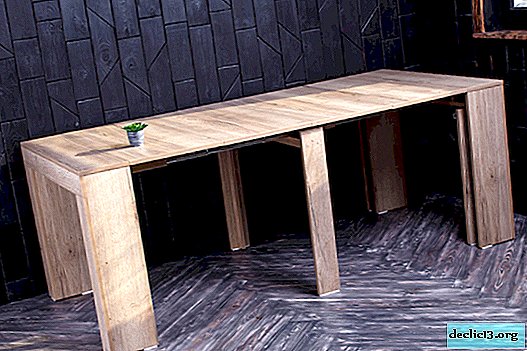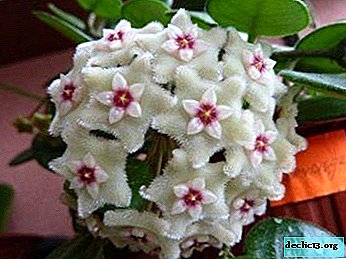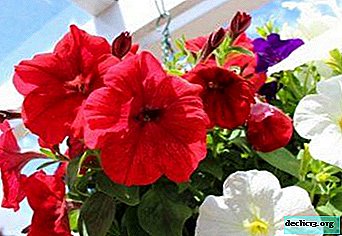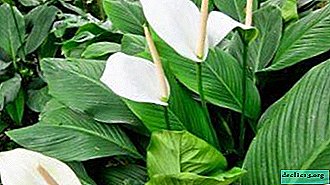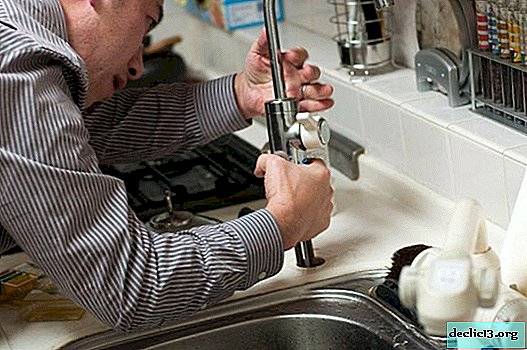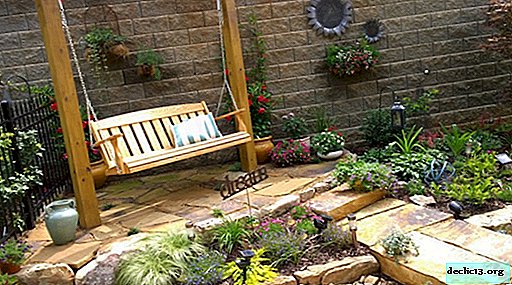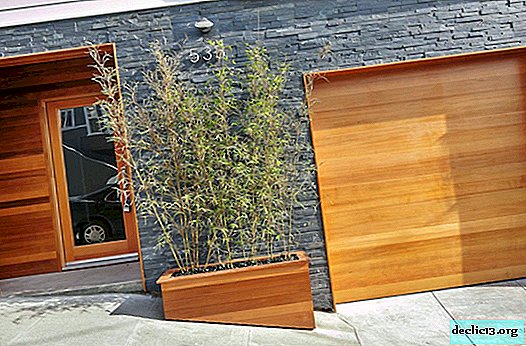All about how to collect petunia seeds at home. Step by step instructions with photos
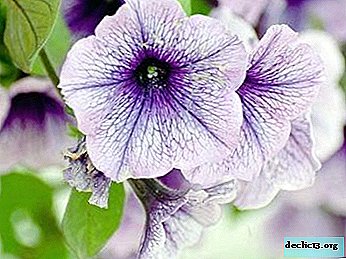
Petunia is popular for its variety of colors and long flowering. This is a perennial plant, but is used by gardeners as an annual.
It is not necessary to buy seeds or seedlings every year. You can prepare the seed material yourself. From several plants it turns out to collect a large number of seeds.
To do this, you need to know the time, features of the collection and storage conditions of planting material.
Flower description
Reference! Petunia is a perennial or annual herbaceous or semi-shrub plant of the nightshade family.Petunia stems are erect or creeping. Depending on the species, the height of the plants varies from 10 to 100 centimeters. Leaves are sessile, varied in shape and size, whole-edge, covered with fluff. The flowers are mostly large, often single, simple or double. They are located on short pedicels. The corolla of a petunia has the appearance of a funnel and consists of five petals.
The color of the flowers is different:
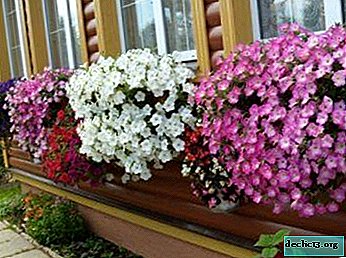 plain white;
plain white;- cream;
- yellow;
- lilac;
- blue;
- blue
- Violet
- red;
- pink
- two-tone with a border;
- a star;
- stain or stripes.
Petals can be fringed or corrugated. The fruit of the petunia is a box. The plant comes from South America. Petunias are bred as annual garden or balcony ornamental plantsare usually used for potting.
What are seeds?
Petunia seeds are very small. One seed in diameter is half a millimeter. Seeds have a light brown or dark brown color and are formed in small boxes with a diameter of 5-8 millimeters, each of which has about a hundred seedlings.
When do they appear?
The flowering of petunias usually lasts several months: from the end of June to October.
- Buds are formed within a week.
- Next comes the flowering period and the buds open - it takes about 20-25 days.
- Then the plants are pollinated.
- The pistils of petunias ripen before the stamens, these are cross-pollinated flowers.
- Seeds are laid for about a month.
- In place of a wilted flower, a box is formed in which planting material is formed.
For full ripening, the seeds of petunia need 3 months from the moment of dissolution of flowers. Ripening occurs unevenly: on one plant you can find absolutely dry open bolls, strong tough and even unripe green fruits.
Collection period
The period of collection of seed material is August-September. As soon as the flowers are completely wilted and the boxes begin to acquire a yellow or light brown shade, you need to start collecting seeds. A dry sunny day is best for this event.
Important! The fruit of the petunia cracks when ripe. Sowing material is possible only until the box is fully opened.Now you know when to collect.
Step by step instructions with photos
Here you look at the photo, how step by step the process goes at home.
- Mark with threads or ribbons the buds that bloomed first. Do not remove flowers when wilted. To collect seed, you need to wait for the maturation of the boxes. All other faded buds need to be cut regularly so that the bush blooms for as long as possible and looks beautiful.
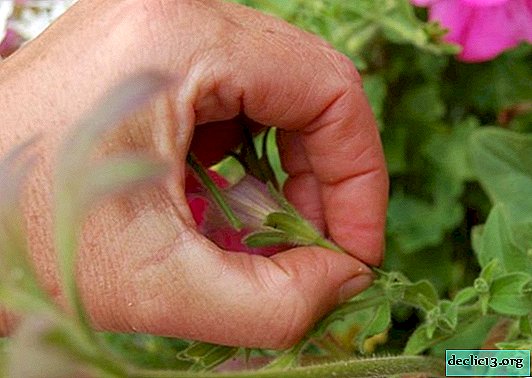
- Determine the readiness of the seeds. To collect it is necessary to choose the lowest flowers. They ripen first. As a result of careless manipulations, dried boxes can crumble, so you must be very careful when collecting them. To prevent self-seeding, it is possible to put on the fruit in advance special bags made of material that allows air to pass through beforehand.
- Mark the ripened boxes carefully with a sharp knife or secateurs.
- Put in a well-lit place for complete drying. Such drying lasts until the boxes open.
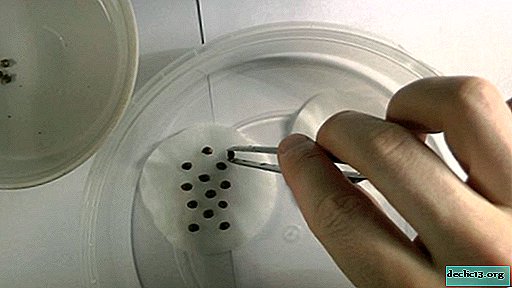
- After drying, the buds open. Need to collect planting material. If the boxes do not open in the allotted time, you can do it by hand.
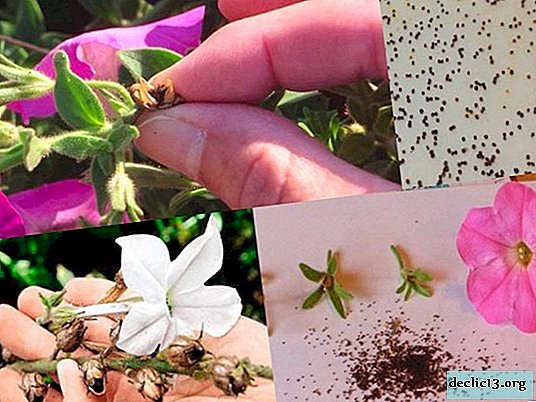
- When breeding several types of petunias, the seeds should be divided into varieties during collection.
What to do after?
- Choose a dark, well-ventilated place.
- Spread planting material at room temperature in a thin layer on a blank sheet of paper.
- Leave to dry for 2-3 days.
It takes 3-4 months for the seeds to ripen. It is not necessary to wait until full ripening. After drying, planting material can be sent for storage until sowing.
Storage rules
The key to good germination of seedlings is proper storage. To do this, follow these recommendations:
- The contents of the fetus should be placed in paper envelopes, which must indicate the type and variety of petunias, date of collection. You can record some important characteristics for the gardener.
- Petunia seeds should be stored at room temperature in a dry, warm room. It is necessary to choose a place away from heating appliances, since overheating extremely negatively affects the germination of planting material.
 You can plant seeds prepared in this way in February-March. It is also permissible to leave this planting material for next year. If stored correctly, then they do not lose their properties for 3-4 years.
You can plant seeds prepared in this way in February-March. It is also permissible to leave this planting material for next year. If stored correctly, then they do not lose their properties for 3-4 years.
Many varieties with double and other complex flowers when collecting planting material by hand and further cultivation give instances that differ from the parent in shape, size and even color.
Conclusion
Preparing petunia seeds at home is a rather time-consuming exercise that takes time. However, if you know and follow all the recommendations, the process will not be too complicated. The result will certainly be positive, because petunia is a plant with high germination of seed.

 plain white;
plain white;


